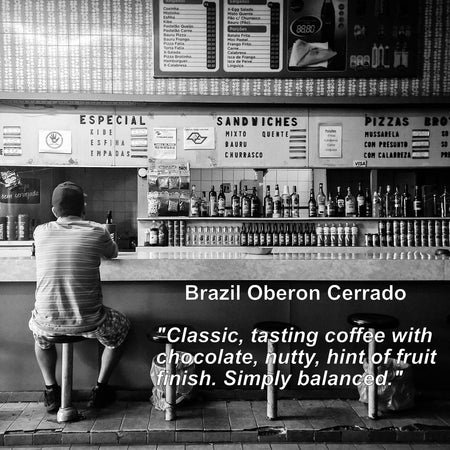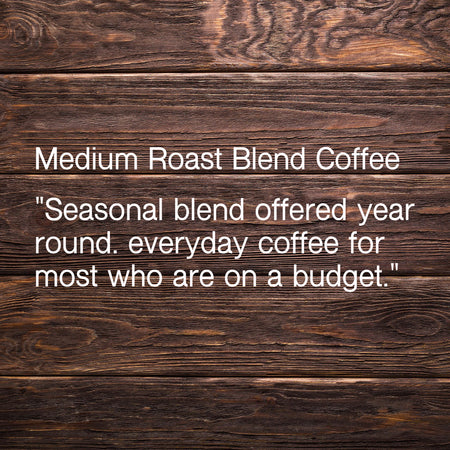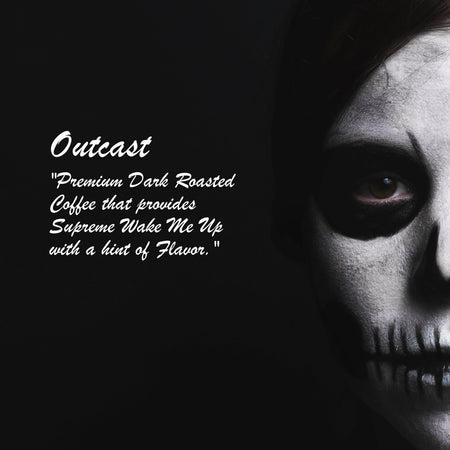The coffee world often debates minimalism versus maximalism when it comes to brewing equipment. While there's something appealing about the "one perfect brewer" philosophy, the reality is that different coffees, different situations, and different moods call for different brewing approaches.
After years of gravitating toward just my trusty Hario V60 and Switch brewer, I recently rediscovered the joy of experimenting with multiple brewing devices. What started as equipment reviews for the Juel dripper, OXO dripper, and Mugen turned into a revelation about why limiting yourself to a single brewing method actually limits your coffee experience.
The Equipment Trap We All Fall Into
Here's what happens to most coffee enthusiasts: you acquire various brewers over time, experiment briefly with each, then settle into using just one or two favorites. It's natural – we find what works and stick with it. But in doing so, we miss out on the unique characteristics each brewing method can extract from our coffee.
Think of it like having multiple tools in a workshop. You wouldn't use a screwdriver for every job just because it's your favorite tool. Different tasks require different approaches, and coffee brewing is no different.
Understanding What Each Brewer Brings to the Table
Each brewing device has its own personality and strengths. The Juel dripper, with its incredibly fast drawdown, allows for coarser grinds while still extracting light roasts effectively. The OXO dripper's single-hole design creates different flow dynamics compared to multi-hole alternatives. The budget-friendly Mugen offers surprising versatility despite its simple appearance.
These aren't just minor variations – they're fundamentally different approaches to coffee extraction. The grind size, pour technique, and timing that works perfectly in a V60 might produce mediocre results in a flat-bottom brewer, and vice versa.
The Philosophy of Coffee Exploration
At its core, coffee brewing is about play and experimentation. Once coffee is roasted, its flavor profile is largely set, but how you extract those flavors can vary dramatically. Different brewers allow you to explore various aspects of the same coffee – highlighting sweetness with one method, emphasizing body with another, or bringing out specific tasting notes through a third approach.
This isn't about finding the "best" brewer (spoiler alert: there isn't one). It's about finding the best brewer for each specific coffee, situation, and desired outcome. Some coffees shine in fast-draining brewers, others need the control of slower extraction methods.
The Practical Benefits
Contrary to what you might expect, building a diverse brewing arsenal doesn't have to break the bank. Many excellent brewers, especially plastic versions from established brands, cost between $10-30. That's a small investment for significantly expanding your coffee possibilities.
Having multiple brewers also means you're never stuck when one breaks or when you want to brew different coffees simultaneously. More importantly, it gives you the tools to troubleshoot when a coffee isn't tasting quite right – you can switch methods instead of accepting subpar results.
Making It Work for You
The key is approaching each brewer with curiosity rather than judgment. Don't dismiss a brewing method after one try. Spend time understanding its quirks, limitations, and strengths. Try different grind sizes, experiment with pour patterns, and taste the results.
Start by choosing one brewer to focus on for a month or season. Really master it – understand how it behaves with different coffees, grind sizes, and techniques. Then move to another brewer and repeat the process. This approach builds genuine expertise rather than surface-level familiarity.
The Permission to Experiment
If you've been limiting yourself to one brewing method, consider this your permission to expand. Coffee is meant to be enjoyed, and part of that enjoyment comes from the process of discovery. Whether you're exploring how a light roast tastes in a fast-draining brewer or seeing how a coarse grind performs in a typically fine-grind device, each experiment teaches you something new.
The goal isn't to complicate your morning routine – it's to give yourself options. Some days you might want the familiar comfort of your go-to brewer. Other days, you might crave the adventure of trying something different. Having multiple brewers means you can satisfy either mood.
Your coffee journey doesn't have to be minimalist to be meaningful. Sometimes, the path to better coffee runs through embracing the tools and techniques that allow you to explore every facet of this incredible beverage we love.



